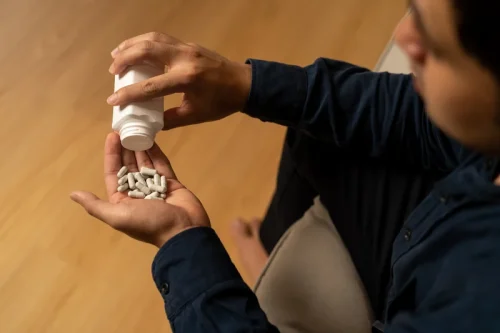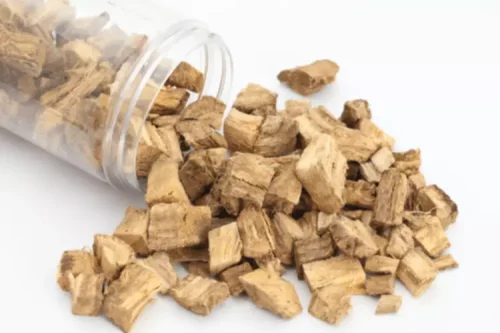
Some people find that smaller, more frequent meals help if nausea is an issue. A good diet won’t lessen withdrawal effects but will support your body’s ability to deal with them. One important thing to do when addressing alcohol withdrawal is to distance yourself from enablers and any drinking advocates that are in your life. They often will minimize your addiction by telling you it’s not that big of a deal. Explore other courses and resources for healthcare providers treating patients with alcohol use disorder.
Challenges of Tapering Off Alcohol

This approach is crucial, especially for individuals with alcohol dependence, as it aims to prevent severe withdrawal symptoms like seizures and delirium tremens. For people with moderate to severe alcohol addiction, utilizing an alcohol detox center is always the safest option. Alcohol detox centers have professionals trained to recognize and treat complications caused by alcohol withdrawal.
Can I Just Quit Alcohol Cold Turkey?
This can trigger alcohol withdrawal symptoms, which can be dangerous in some cases. Quitting cold turkey is the preferred method of withdrawal, but only if done under medical supervision, where symptoms can be treated is sneezing a sign of withdrawal as they occur. The frequency and setting for outpatient monitoring of AWS should be guided by symptom severity, risk of complications, and social factors, including reliable social support and a safe home environment.

Developing a Tapering Plan
While tapering off alcohol can be an effective self-treatment strategy, it’s important to note that what works for one person may not be safe for everyone. Therefore, seeking professional care to develop a customized tapering strategy is highly recommended. In some cases, a benzodiazepine regimen may be used to replace the body’s alcohol needs during tapering. Alcohol withdrawal can be a challenging and potentially dangerous process, requiring careful management and support. It often raises many questions, especially regarding effective strategies for managing symptoms and ensuring safety. Let’s address some of the most frequently asked questions about alcohol withdrawal, providing insight into different aspects such as medication, home remedies, dietary considerations and more.
Many other factors go into play with these difficult and trying scenarios. Tolerance, dependence, social habits, setting, the biology of the individual and more must all be considered. Despite the challenges, tapering off alcohol can lead to significant health improvements and overall quality of life. It is a crucial step in breaking the chains of alcohol dependency and moving towards a healthier future.


In these cases, we recommend that patients should be started immediately on a SML dose regimen, while monitoring the withdrawal severity (CIWA-Ar ratings) and clinical signs of tachycardia and hypertension. A fixed dose regimen can be safely used in such patients in case adequate trained personnel are not available or if outpatient treatment is advised. Our aim was to review the evidence base for the appropriate management of the alcohol withdrawal syndrome using pharmacotherapy. We specifically sought articles relating to medications commonly used in India and those that can be recommended based on strong evidence. One of the main reasons that alcohol has such a high relapse rate is that, like the majority of central nervous system depressants, it has some of the most uncomfortable and potentially dangerous withdrawal symptoms.
- Chronic use of alcohol leads to an increase in the number of NMDA receptors (up regulation) and production of more glutamate to maintain CNS homeostasis [Figure 1c].
- Alcohol tapers are strategies to stop drinking by slowly decreasing the amount of alcohol a person consumes.
- Two commonly used tools to assess withdrawal symptoms are the Clinical Institute Withdrawal Assessment for Alcohol Scale, Revised, and the Short Alcohol Withdrawal Scale.
- For those who drink more than 20 drinks a day, the tapering schedule becomes more complex.
- This may be partly true in those who have developed dependence as they may experience withdrawal symptoms including autonomic arousal, hallucinations, seizures and delirium tremens (DT).

Patients presenting with alcohol withdrawal syndrome should receive thiamine and folate supplementation as they are often nutritionally deficient. Alcohol withdrawal syndrome is a clinical diagnosis that relies heavily on the history and physical, which is also used to gauge disease severity. When in doubt, clinicians can refer to the DMS-V criteria for diagnosis. When it comes to reducing alcohol intake, implementing effective strategies can play a crucial role in the journey towards sobriety.
- This is particularly true when the symptoms are severe and potentially life-threatening.
- When that person cuts out alcohol, there is a period when their brain hasn’t yet received the message and still overproduces the stimulating chemicals.
- Gradually reducing your alcohol consumption, a process known as tapering, can help prevent severe withdrawal symptoms.
- But, as many in recovery will tell you, it is only the first chapter in a long process.
- The alcohol content itself is important, and it depends on the percentage of alcohol, the proof of the alcohol and the actual amount of alcohol in the drink.
Treatment / Management
- Medical supervision, behavioral health treatment, and mutual-aid groups can help you through alcohol withdrawal and stay stopped.
- Benzodiazepines have the best evidence base in the treatment of alcohol withdrawal, followed by anticonvulsants.
- Medical detox may include psychological support to address the emotional aspects of addiction and help individuals prepare for ongoing treatment.
- Alcohol withdrawal symptoms range in severity depending on how extensive the misuse behavior was.
- A sample taper schedule involves calculating the number of drinks consumed per day.
Leave a Reply